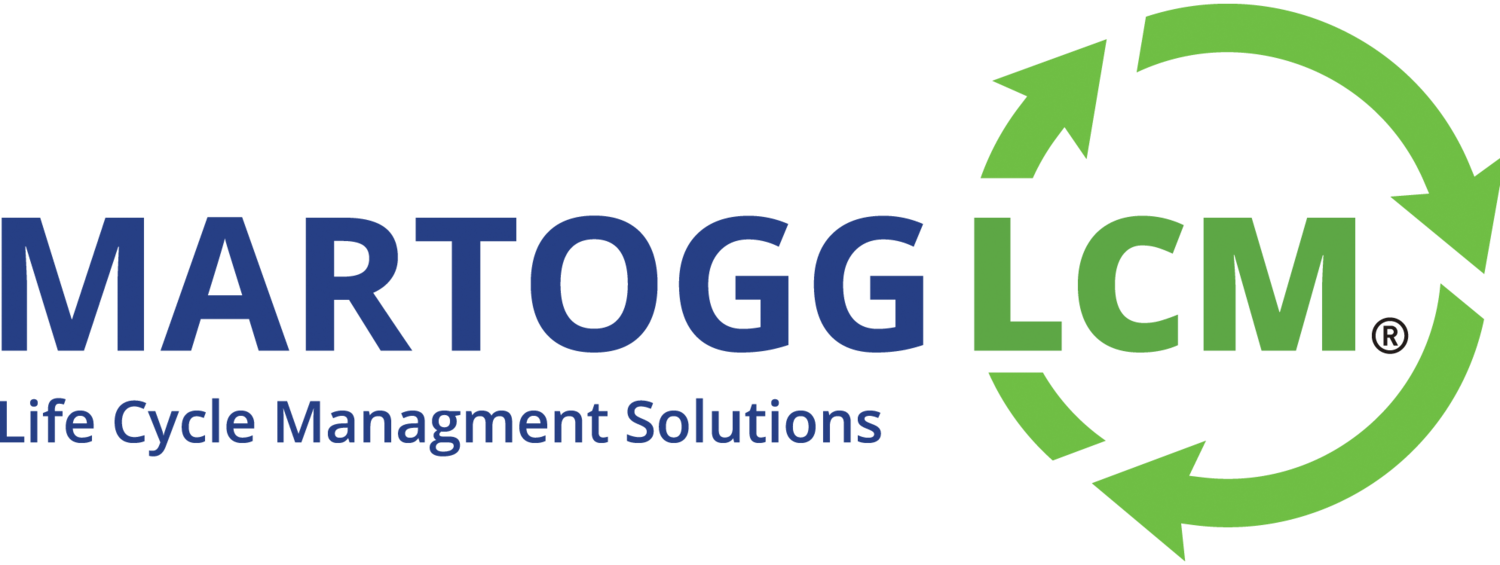Kickstart – RPET Packaging For The COVID Era
With COVID-19 affecting the world economy, as well as the lives and livelihood of everyone, should sustainable RPET packaging still be a priority?
In 2018, Australia’s ministers agreed to minimize the amount of generated waste in relation to packaging and make it easier to recycle products. This led to the APCO 2025 Goals, where these ministers committed governments to work with the Australian Packaging Covenant Organization (APCO) to achieve a target of making Australia’s packaging 100% reusable, recyclable, or compostable by 2025.
Other targets include phasing out problematic and unnecessary single-use plastic, achieving an average of 30% recycled content across all packaging, and 70% of plastic packaging to be recycled or composted. This will cover all packaging that are Australian made and owned, as well as sold. As safety and health become their top concern, though, what will happen to the progress of sustainable packaging?
How the Pandemic Affects RPET Packaging
Before COVID-19, RPET packaging was on a roll. The various food and beverage industries were aiming to obtain a common target of reducing the detrimental impact of plastic on the environment. Although they recognized the challenges that come with implementing recycle and reuse models into their operations, they were also able to identify the opportunities for businesses and organizations that are looking to create a circular economy.
Sustainability goals were publicized by many brand owners, and some of them even exceeded their targets. This further highlighted the momentum towards the shift to a circular economy. However, the COVID-19 pandemic has caused a change in product demands, shopping practices, and channel distributions. Eventually, the focus has shifted from sustainability to safety and health.
Hygiene and food safety vs. sustainable packaging
The sustainability agenda, which has been an essential issue for the packaging industry, has been hugely affected by the pandemic. The concerns about food safety and hygiene have given a higher priority than the use of RPET materials and other packaging alternatives to plastic.
Because of the pandemic, consumers and industries have increased appreciation of the hygiene benefits of plastic packaging. It seems to outweigh issues about more plastic waste and recyclability, and how it can affect the environment.
Also, due to the concerns about surfaces that might have been contaminated by the coronavirus, many retailers and cities worldwide suspended recycling services and put off the bring-your-own-bag measures. The services of some recycling contractors also needed to be suspended due to inadequate staffing.
Remaining Sustainable Amidst the COVID
With the heightened consumer concerns about their wellness, food safety, and hygiene, it’s safe to say that COVID-19 has indeed reshaped consumers’ sustainability sentiment. However, while everyone’s well-being and safety should be prioritized in these difficult times, it does not mean that all efforts towards sustainability should be thrown out of the window.
RPET packaging can work in a COVID-19 era
With delivery services becoming a must in this trying time, RPET packaging is more critical now than ever before. Restaurant owners, retailers, shops, and other brand owners should be more committed to the use of RPET packaging services to reduce the environmental impacts of tons of plastic wastes that usually end up in landfills and eventually in the ocean.
It is important to remember that COVID-19 is not a permanent issue. It will not always be a concern, but environmental problems will always be in front of us. If we don’t deal with it now, then we’ll just have to deal with it tomorrow. Therefore, instead of postponing sustainability efforts by continuously using single-use plastic, RPET packaging (one of the keys to sustainability) should be given a high priority.
How RPET packaging can help?
RPET packaging is a big step towards a circular economy. Not only will it help reduce the amount of damaging plastic wastes in the environment, but also design the packaging that consumers use, so it can be composted, recycled, and reused. This will contribute towards the APCO 2025 Goals and the world’s sustainable development target.
Through better design, the members of APCO will make packaging that reduces unnecessary waste. In fact, one of their resources is the Sustainable Packaging Guidelines, which are designed to assist its members. This also helps others in evaluating and optimizing packaging to ensure that available resources are used efficiently and minimize its impact to the environment without compromising the safety and quality of products.
So there it is…
Brands that were committed to sustainability before the COVID-19 pandemic can still support RPET packaging, and there are plenty of options for them to phase out single-use plastics. Even though the world is facing this huge crisis, the need for sustainability should not be taken for granted.
